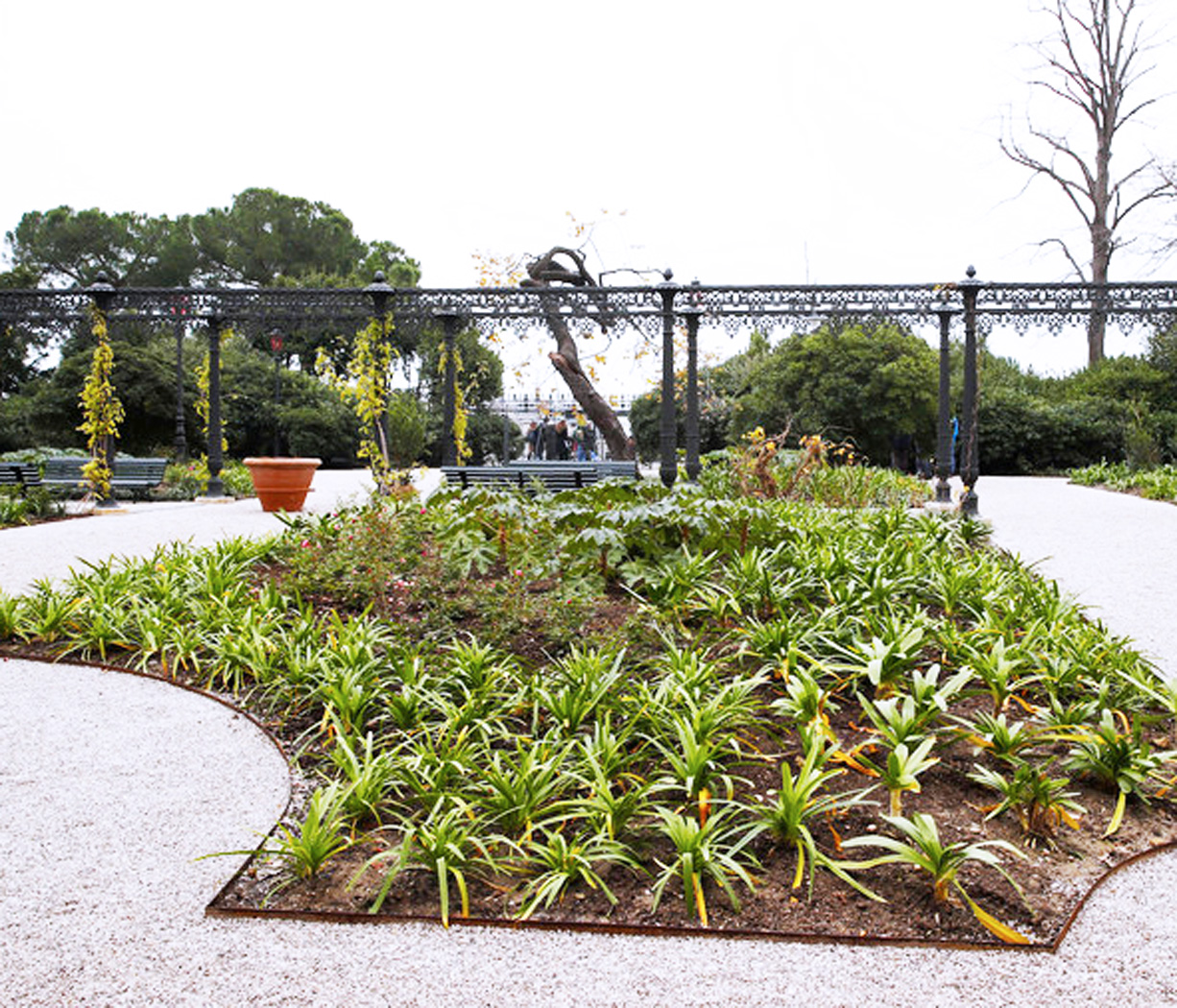In Italy’s new complex process of electoral laws, parties and coalitions need 40 % of the vote to win the election. If no party or coalition reaches the magic number, it is then up to the Italian president to decide which party (or coalition) will be given the chance to form a government post-election. Even in that case, Italy’s two houses of Parliament (which are essentially equally powerful) would have to give their approval to form a government. Seats are awarded by a complex system involving both direct constituencies and proportional representation.
That is exactly the case that Italy finds itself in following Sunday’s national elections. Italy went to the polls to choose members for the two houses of parliament, but no coalition has reached the majority necessary to form a government. This means that deals need to be struck if a new election is to be avoided.
The main alliances are made up of several parties; in the case of the leader in the elections, the center-right alliance, covers a broad expanse of the political spectrum. Silvio Berlusconi’s Forza Italia, a fairly traditional center-right party, was expected to be the clear leader in the election, but was surprisingly overtaken by Lega, which was until recently a strictly regional force. This leaves the former Prime Minister – who is barred from office for the next year – short of the electoral authority he needed to act as the king-maker in the formation of a new government.
Lega received a strong nationwide vote that has made it the surprising senior partner in the right-wing coalition. The party’s leader, Matteo Salvini now has the strongest hand when it comes to negotiating for the formation of a government.
The Democratic Party that is currently in power was expecting to do poorly, but senior figures admitted that the result was even worse even than they feared. Former Prime Minister, Matteo Renzi’s career has taken another severe pounding on the basis of these results.
Then there is the Five Star Movement. Founded less than a decade ago as an anti-establishment party, its momentum eased considerably during the waning days of 2017, as leaders stumbled, but came on strong during the month preceding the election. It eclipsed the performance of the incumbent Democratic Party to become the second most powerful force in the Italian Parliament. Its leader, Luigi di Maio, will now have a prominent and even instrumental seat at the table when it comes to the formation of a government. In order for anything meaningful to happen, di Maio will have to set aside the party’s anti-politics stance and be willing to cut some deals, while Salvini will have to resist the temptation to tear out his hair in dealing with the Five Star Movement leader. And you thought the ‘Notorious Popes’ series was full of intrigue!
The combinations of participants that may make up a new coalition government remind us why the expression ‘politics makes strange bedfellows’ is so often true, although in this case it would be ‘la politica fa strani compagni di letto.’
Several combinations and permutations are possible, but none appear to be politically easy. The results from Italy’s general election show that the country is split three ways. Forza Italia and Lega on the center-right; the center-left coalition headed by Matteo Renzi; and the anti-establishment Five Star Movement. Some kind of coalition will therefore be necessary for a majority in Italy’s 630-seat parliament. Here are the ways it might shake out.
The populists and the far right, namely the Five Star Movement (M5S) and the Lega. The M5S had by good measure the largest number of votes for any single party with 231 seats, while Lega garnered 123. This would give this potential alliance a total of 354 seats, more than enough to form a government. Having long rejected any talk about power sharing, M5S now says it is willing to talk about common policies. Although many analysts believe that the leftwing of M5S would revolt were to be such a marriage to Lega. This would be a very difficult match.
Another combination would be the populist, rightwing and far right: M5S, Forza Italia and Lega. This combination would have a total of 453 seats, 99 of which would be occupied by from Berlusconi’s Forza Italia. All three parties initially ruled out alternative post-election pacts, but with Forza Italia having won fewer seats than the Lega, a senior official from the latter, Claudio Borghi, has suggested that a rightwing alliance could find an accord with M5S. Lega’s head, Matteo Salvini appears to have ruled this out, saying he is committed to his alliance with Forza Italia, but has stressed the League has a right and a duty to govern.
Rightwing and center left: Forza Italia, Lega and the Democratic Party. A grand coalition would have a projected 327 seats in parliament, 222 from the rightwing parties and 105 from the Democrats, but bring together some highly unlikely bedfellows in the pro-European center left and the anti-immigration, EU-critical Lega. As such, it is seen as highly unlikely. A senior Democratic Party official, Ettore Rosato, has said that if results remain as they are, then it is a clear defeat for the Democratic Party and they will move into opposition.
Populist and center left: Five Star Movement and the Democratic Party. This option, with 336 parliamentary seats, also looks difficult to achieve politically. Matteo Ricci, a former Democratic Party vice-president, has said there is no chance of it helping the M5S form a government. “The only ally with whom the M5S can form a government is Matteo Salvini, that’s the only option for them,” he said.
If there is no clear majority, the Italian president, Sergio Mattarella, could choose to leave the current center-left government of Paolo Gentiloni in place, allowing time to set up a temporary government to organize new elections. That process could only start after parliament meets for the first time on March 23rd.





